Before Virgin’s historic SAF flight tomorrow, I visited Rolls-Royce in Derby to learn more
Links on Head for Points may support the site by paying a commission. See here for all partner links.
Tomorrow morning I will hopefully be well on the way to New York on the world’s first transatlantic flight powered by 100% sustainable aviation fuel.
Flight100, as Virgin Atlantic is calling it, is a pioneering collaboration between the airline, its seven consortium partners and the Department for Transport to prove and trial the use of jetfuel that emits over 70% less carbon dioxide over its lifetime.
It is the “only way for long haul aviation to decarbonise” according to Virgin Atlantic CEO Shai Weiss, with hydrogen and battery electric technologies a long way from entering commercial service at any scale. Ask any airline CEO and they are likely to agree.
Ahead of the flight tomorrow, I went up to Derby to visit Rolls-Royce and hear more about the technological challenges of operating jet engines with sustainable aviation fuel, or SAF for short.
Rolls-Royce is a key partner on Flight100 as Virgin Atlantic will be using one of its Boeing 787-9 Dreamliners on the flight with Rolls-Royce Trent 1000 engines.
What is sustainable aviation fuel?
Since the dawn of the airplane, powered flight has been powered by fossil fuels. This began in 1903 with the Kitty Hawk’s piston engine and continues with today’s modern revolving turbofans. Whilst the exact chemistry of the fuel has varied, it has always been pumped out of the ground and burned in the sky, releasing millions of tons of carbon dioxide into the atmosphere that we now know contributes to climate change.
Standards for jet fuel emerged after the second world war. Airports all around the world now typically tank one of two types: Jet A and Jet A-1. These are paraffin-derived fuels typically refined from crude oil products.
(It’s worth noting that Jet A and Jet A-1 are not a single chemical compound; the exact chemical composition varies based on the oil it is refined from. It is a standardised performance specification, meaning that it has the same properties regardless of its origin and combusts in a standardised way.)
Sustainable aviation fuel is still classed as Jet A and Jet A-1. Instead of being derived from fossil fuels it is produced in a variety of ways that reduce the lifecycle carbon emission of the fuel by over 70%.
SAF isn’t ‘one thing’. There are many different types of sustainable aviation fuels, including those made from:
- waste feedstocks such as waste oils from deep fat fryers (HEFA)
- other carbon-based waste feedstocks (SAK)
- biofuel crops such as rapeseed and sugar beet
- ‘power to liquid’ fuels which use electricity to combine carbon in the air with hydrogen from water
Each method has its own strengths and weaknesses. At the moment, the most common type of SAF is that made from waste oils and fats.
Rolls-Royce has been testing engines with SAF for years
Rolls-Royce already uses SAF at its facility in Derby. Since 2022, 10% of the fuel it uses for engine testing here is provided by AirBP. This is blended with conventional jet fuel on the Isle of Grain before being transported up to Derby by rail.
Rolls-Royce’s fuel farm in Derby is the largest independent (ie. non-airport, non-producer) fuel farm in the UK. Its location next to a dedicated rail line means it is easy to pump the fuel into the three gigantic fuel tanks (the fourth contains water). It requires deliveries from nine-car freight trains up twice a week, depending on the testing schedule.
“The train will bring in roughly 850,000 litres each time. You’ve got nine rail cars, each one with about 80,000 – 90,000 litres. And just to put that in perspective, a single railcar brings in enough fuel for you and your partner to run your cars for 70 years on average, so that’s how much fuel there’s in one rail car. And we have nine of them at a time.”
During my visit I was given the opportunity to do a blind sniff test of regular jet fuel versus HEFA SAF. Having spent an hour or so learning about SAF it’s a fairly easy test. Whilst regular jet fuel smells very similar to the unleaded petrol you put in your car, SAF was both colourless and almost odourless with just a hint of vegetable oil.
Both liquids are relatively fluid, roughly the consistency of water. The fossil-derived kerosene has a slight yellow colour thanks to its sulphur content and aromatic impurities. HEFA has neither and therefore burns much cleaner and with (we think) reduced contrails.
Testing with sustainable aviation fuels
Over the past two years, Rolls-Royce has been developing extensive experience using sustainable aviation fuels with its own jet engines.
In 2021, the company committed to verifying the compatibility of SAF with its entire portfolio of in-production commercial and business jet engines, including those powering Boeing 787s, Airbus A350s, A330s and A380s. The process concluded this month.
I spoke to Dr. Katja Loehnert, Chief Project Engineer Sustainable Aviation Fuel at Rolls-Royce:
“This is a massive journey that we’ve been on. And the reason why we are able to support the transatlantic flight so well is because of the data and the knowledge we have built over this programme.”
The engines are put through their paces in one of vast engine test beds at the Derby facility. These are huge halls where jet engines can be run as long as necessary and at various thrust levels, simulating a real-world flight with take-off, cruise and landing.
“What we normally do is that we want to see that there isn’t a difference between the engine running on SAF versus conventional kerosene. The way we do it is by running a baseline test on kerosene before running the exact same testing regime with 100% SAF. This lets us compare like-for-like the performance of the engine on both fuel types.”
The testing has involved real flying, too.
“We’ve probably done a good mixture, nearly fifty-fifty, of ground and flight tests. In a flight test, you can learn so much more because you have exactly the same conditions for the aircraft and engine as you test the whole system.”
It is just as important to test the entire fuel system of an aircraft as it is the engine: after all, the whole system needs to be working perfectly. This includes the fuel tanks, pipes and valves that feed the engines.
Testing at altitude lets you make sure that the engine performs in other ways too, including that it relights in the same way following a stall as it would on conventional jet fuel.
Internally, Rolls-Royce has been using SAF that is made of 100% waste oils and fats, primarily because it is potentially superior to conventional Jet A fuel.
“This type of SAF comes without the aromatics of conventional jet fuel and that gives you extra emissions benefits, not so much in the in the carbon dioxide range, but in contrail formation and soot formation.”
Fundamentally, aromatics are impurities in the jet fuel as a result of refining from crude oil: these are other, non-hydrocarbon molecules that burn at a slower rate and cause higher particulate emissions. It’s one of the reasons why the conventional fuel has a yellow tinge whilst the SAF I was shown is virtually colourless.
Aromatics are not totally useless, however. In the past, they’ve been very important for the normal functioning of engines and they continue to play a role in so called ‘drop in’ aviation fuels on existing engines.
“These are chunky molecules that you need in order to achieve a certain density, but you also need them for certain seal types. When they are absorbed by certain rubber seals they swell and create a tight fit.”
This is less important for latest-generation jet engines, which don’t use these seals, but is obviously a concern for engines that do.
By testing its engines with 100% HEFA-based sustainable aviation fuel, Rolls-Royce has pushed its technology further than what I will experience on my flight with Virgin Atlantic. Flight100 will use a blend of 88% HEFA with 12% SAK.
SAK is another type of sustainable fuel type. Rather than being made from waste oils (such as deep fat fryers) it is largely produced from plant sugars such as waste corn starch, which means it contains aromatics.
By blending HEFA with a small amount of SAK, Virgin Atlantic and Rolls-Royce are re-introducing the aromatic component of conventional Jet A. This is required to allow them to operate the flight, as flights using 100% non-aromatic fuels are currently not certified. Re-introducing these aromatic components demonstrates the blend’s equivalency to jet fuel.
Flight100 won’t just be the first time that a transatlantic flight uses 100% sustainable aviation fuel. It will also trial the entire process at two of the world’s busiest airports.
“What’s also important is that on this transatlantic flight, we get to test the whole end to end process. Nobody’s ever got 100% SAF to an airport in a commercial setting, getting it on the plane, making sure that there is no contamination with the normal fuel process. After arriving in New York, the SAF will be defueled and replaced by traditional jet fuel. Then there will be some checks done to show that the engines and the aircraft are behaving normally. The aircraft will then be returned into service with Jet A just the next day which is massive because, if you think about it, there is almost no disruption.”
Tomorrow, Flight100 will be taking off with just over 100 observers on board from Boeing, Rolls-Royce, Virgin Atlantic, the Department of Transport and the many different partners that are part of this project – and me.
If you want to follow along, we will be departing Heathrow at 11:30am with flight number VS100. Stay tuned for my report.
PS. If you are not a regular Head for Points visitor, why not sign up for our FREE weekly or daily newsletters? They are full of the latest Avios, airline, hotel and credit card points news and will help you travel better.
To join our 70,000 free subscribers, click the button below or visit this page of the site to find out more. Thank you.
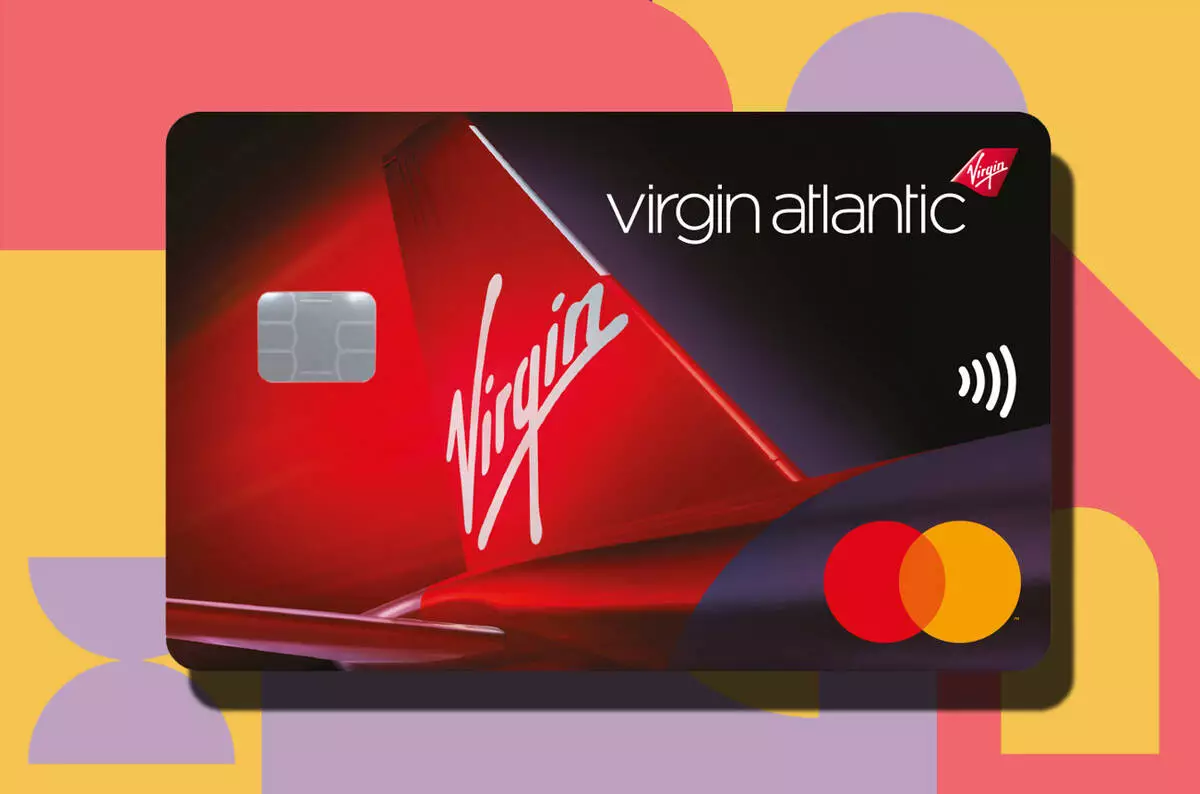
How to earn Virgin Points from UK credit cards (September 2025)
As a reminder, there are various ways of earning Virgin Points from UK credit cards. Many cards also have generous sign-up bonuses.
You can choose from two official Virgin Atlantic credit cards (apply here, the Reward+ card has a bonus of 18,000 Virgin Points and the free card has a bonus of 3,000 Virgin Points):
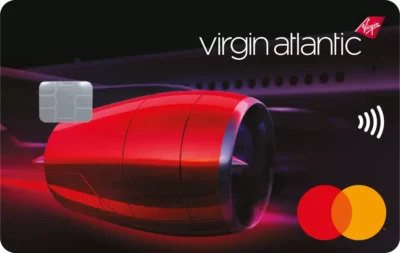
Virgin Atlantic Reward+ Mastercard
36,000 bonus points and 1.5 points for every £1 you spend Read our full review
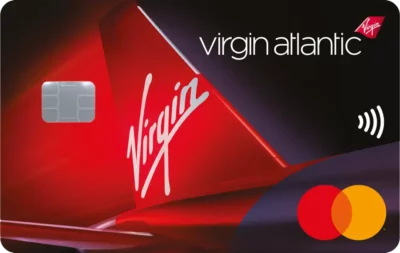
Virgin Atlantic Reward Mastercard
6,000 bonus points, no fee and 1 point for every £1 you spend Read our full review
You can also earn Virgin Points from various American Express cards – and these have sign-up bonuses too.
The American Express Preferred Rewards Gold Credit Card is FREE for a year and comes with 20,000 Membership Rewards points, which convert into 20,000 Virgin Points.
SPECIAL OFFER: Until 14th October 2025, the sign-up bonus on the American Express Preferred Rewards Gold Credit Card is doubled to 40,000 Membership Rewards points. This would convert to 40,000 Virgin Points! The spend target is changed to £5,000 within SIX months of approval. T&C apply. Click here to apply.

American Express Preferred Rewards Gold Credit Card
Your best beginner’s card – 40,000 points, FREE for a year & four airport lounge passes Read our full review
The Platinum Card from American Express comes with 50,000 Membership Rewards points, which convert into 50,000 Virgin Points.
SPECIAL OFFER: Until 14th October 2025, the sign-up bonus on The Platinum Card from American Express is increased to 80,000 Membership Rewards points. This would convert to 80,000 Virgin Points! The spend target is changed to £10,000 within SIX months of approval. T&C apply. Click here to apply.
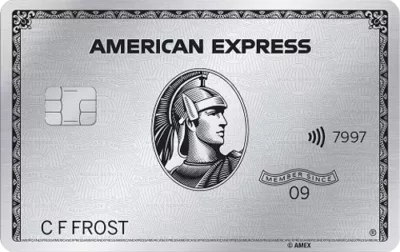
The Platinum Card from American Express
80,000 bonus points and great travel benefits – for a large fee Read our full review
Small business owners should consider the two American Express Business cards. Points convert at 1:1 into Virgin Points.
SPECIAL OFFER: Until 14th October 2025, the sign-up bonus on The American Express Business Platinum Card is increased to 120,000 Membership Rewards points. This would convert to 120,000 Virgin Points! The spend target is changed to £12,000 within three months of approval. T&C apply. Click here to apply.
SPECIAL OFFER: Until 14th October 2025, the sign-up bonus on The American Express Business Gold Card is TRIPLED to 60,000 Membership Rewards points. This would convert to 60,000 Virgin Points! The spend target is changed to £6,000 within three months of approval. The card remains free for the first year. T&C apply. Click here to apply.
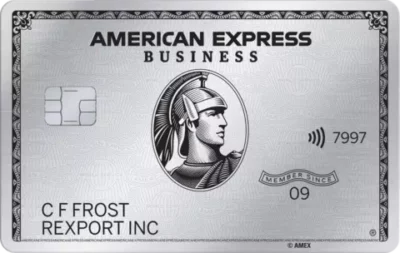
The American Express Business Platinum Card
120,000 points when you sign-up and an annual £200 Amex Travel credit Read our full review

The American Express Business Gold Card
60,000 points sign-up bonus and FREE for a year Read our full review
Click here to read our detailed summary of all UK credit cards which earn Virgin Points.


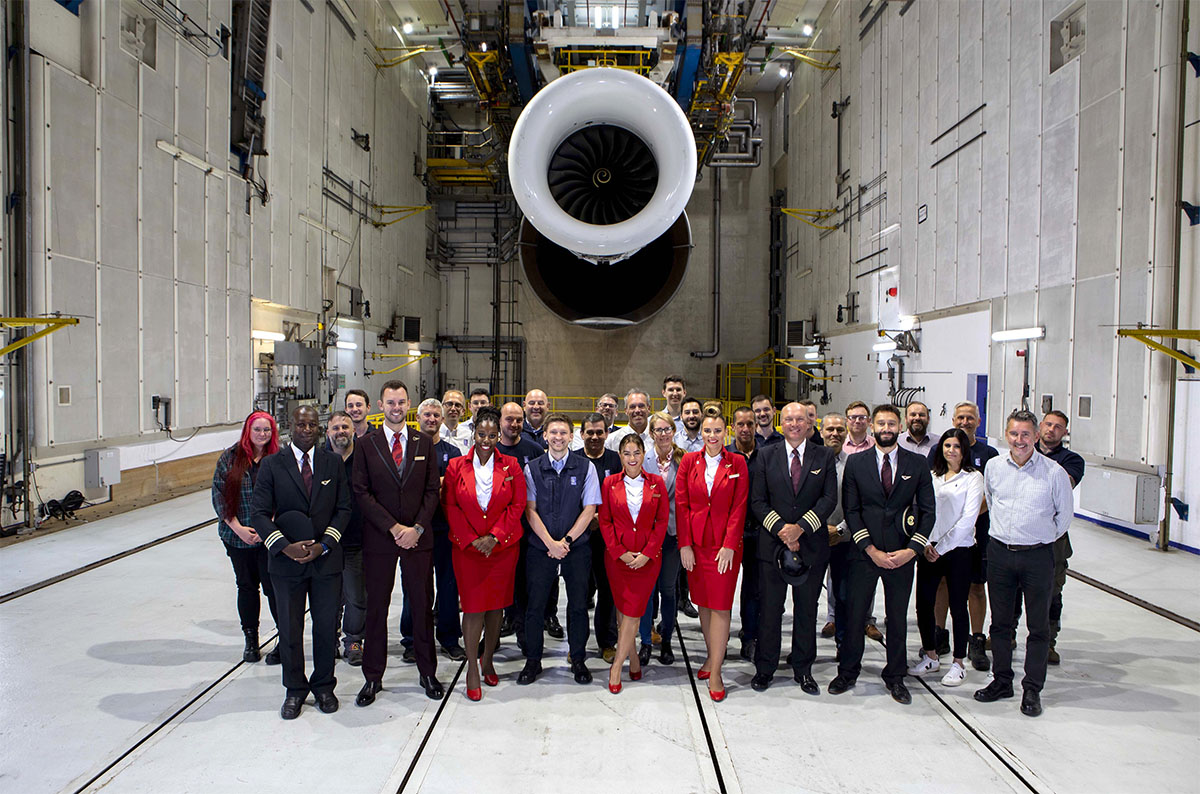
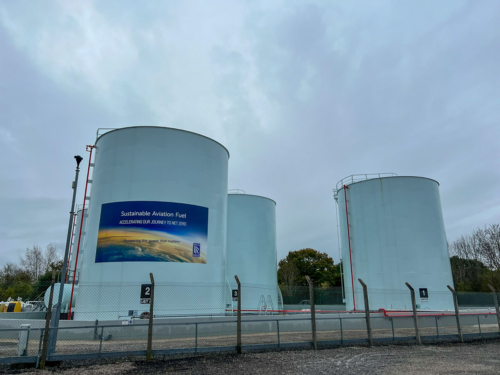

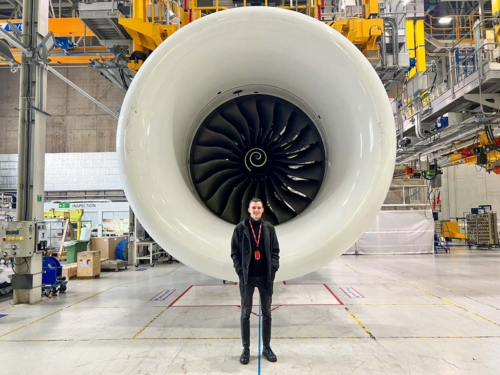
 Rob
Rob 





Comments (55)